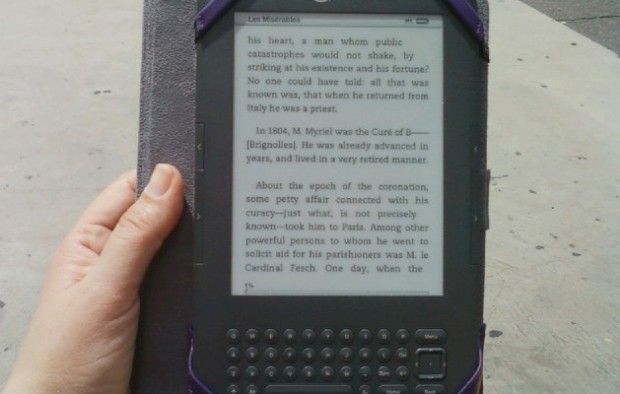The causes of dyslexia—the disorder that makes reading excruciatingly difficult for about one in twenty school-aged children—have remained frustratingly elusive, as has anything resembling a cure. Training programs for dyslexics have proven effective at improving certain parts of the reading process, such as phonological awareness and auditory perception.
Once these skills have been brought up to speed, however, there still remains what one group of researchers calls a “vicious circle”: the most effective way to get better at reading is to read more. So scientists have turned their attention to a new question: Are there ways to make reading easier for dyslexics?
Surprisingly, the answer appears to be yes, and the methods experts are using to ease the act of reading are remarkably simple and concrete. With changes in the spacing, the size, and the appearance of text, studies are showing, children with dyslexia can read more quickly and accurately, allowing them to get the reading practice they need to improve.
In a study released this month by the Proceedings of the National Academies of Science, for example, a team of researchers from the University of Padova in Italy reported that extra-large spacing between letters allowed a group of dyslexic children to read text significantly faster and with fewer than half as many errors as when they read passages with standard spacing. Extra-large
spacing helps dyslexic children, explains lead author Marco Zorzi, because they are especially affected by a perceptual phenomenon known as “crowding”: the interference with the recognition of a letter by the presence of the letters on either side. When each letter is given breathing room, dyslexic readers are less apt to get confused. (Interestingly, research suggests that the standard spacing between letters is ideal for normal readers: they read more slowly and haltingly when spacing is increased.)


